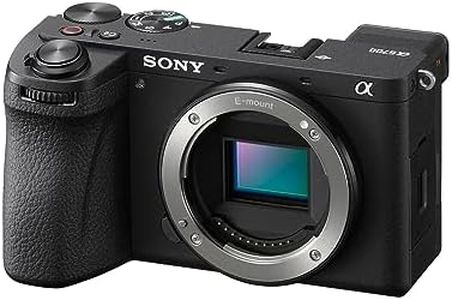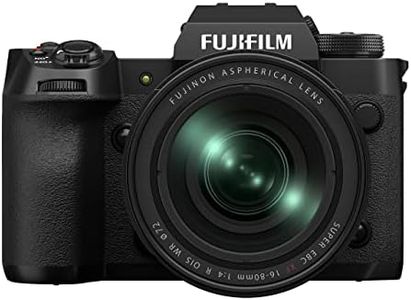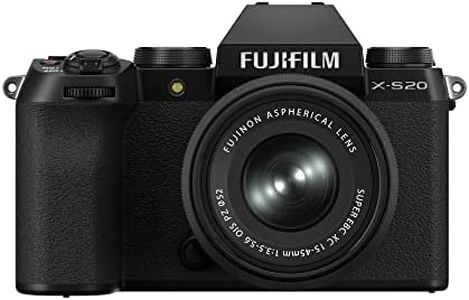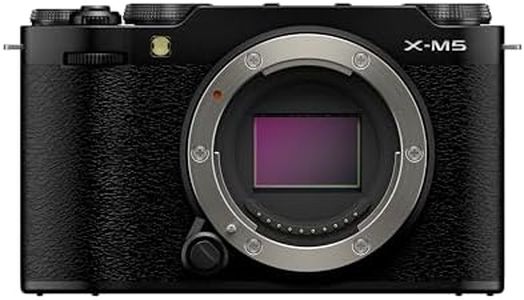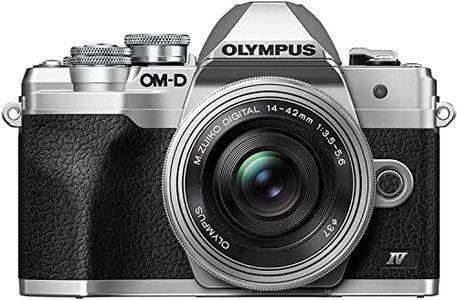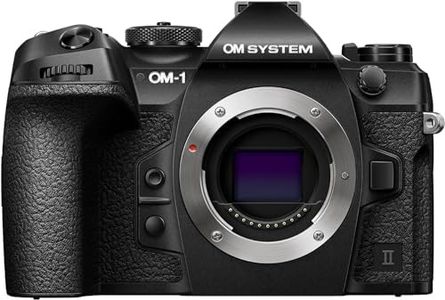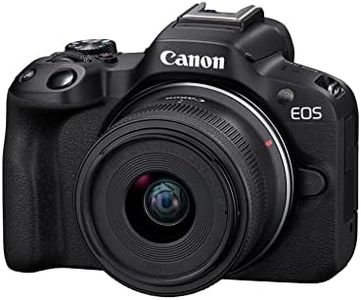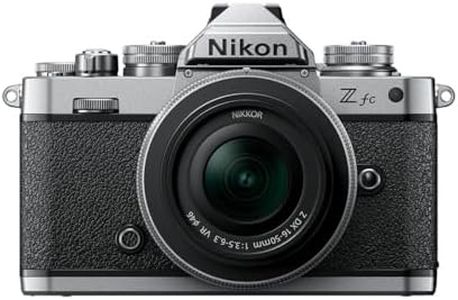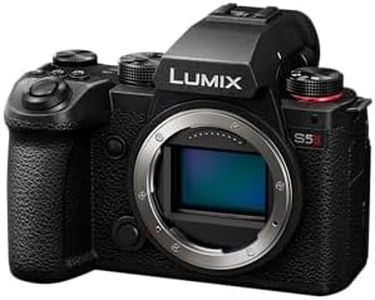We Use CookiesWe use cookies to enhance the security, performance,
functionality and for analytical and promotional activities. By continuing to browse this site you
are agreeing to our privacy policy
10 Best Smallest Mirrorless Camera
From leading brands and best sellers available on the web.By clicking on a link to a third party's website, log data is shared with that third party.
Buying Guide for the Best Smallest Mirrorless Camera
Choosing the smallest mirrorless camera can be a smart move if you value portability and convenience, especially for travel, street photography, or daily carry. However, it's important to look beyond just size. Consider which features and specifications matter most for your type of photography, because the tiniest camera might also come with some trade-offs. Think about your shooting style, the situations you often find yourself in, and what you hope to do with your photos. A little planning helps you get a camera that's not only compact but also brings joy every time you use it.Body Size and WeightBody size and weight refer to how large and heavy the camera is without a lens attached. In the realm of mirrorless cameras, these can range from ultra-compact and pocketable bodies to slightly larger, hand-fitting ones. If you want the smallest and lightest, look for cameras marketed as 'ultra-compact.' These are ideal for people who prioritize slip-it-in-a-bag portability and travel light. Slightly bigger options may be more comfortable if you have large hands or plan to use bigger lenses. Your own comfort and how you plan to carry the camera should guide you.
Sensor SizeSensor size determines how much light your camera can capture and heavily influences photo quality, especially in low light. The main sensor sizes in small mirrorless cameras include Micro Four Thirds, APS-C, and sometimes Full Frame. Micro Four Thirds sensors are usually found in the smallest bodies while APS-C offers a balance between size and image quality. If you want the absolute smallest package, Micro Four Thirds is often the way to go, but if you want a bit more detail and background blur, consider APS-C, accepting a bit of extra bulk. Your typical shooting situations—like low-light or wanting blurry backgrounds—should help you decide.
Lens SystemThe camera's lens system refers to which lenses you can use with it. Smaller cameras often use smaller lenses (called 'pancake' or compact primes) which makes the whole setup more portable. Some systems offer a wide range of tiny lenses, while others might have bigger, heavier options. If ultimate portability is your goal, check what small lenses are available for your camera's system before buying. Think about whether you'll be satisfied with a few compact, lightweight lenses or if you need access to a broader selection.
Viewfinder and ScreenSome small mirrorless cameras have built-in electronic viewfinders (EVF), while others rely solely on a back screen for composition. EVFs make shooting in bright sunlight easier but add slightly to size and weight. A fixed screen is slimmer, while a tilt or flip screen (for selfies or low/high angles) adds flexibility. If you mostly shoot casually or on the go, a good rear screen might be enough. If you shoot in tough lighting or prefer the camera-to-eye approach, be sure to consider models with an integrated or optional viewfinder.
Battery LifeBattery life is how many photos or videos a camera can take on a single charge. Smaller bodies often have smaller batteries, meaning fewer shots per charge. If you take lots of photos in a single outing, opt for a model known for good battery life or be prepared to carry a spare battery. For occasional or casual use, shorter battery life may be less of an issue. Consider your own shooting habits—will charging often or carrying extras be a hassle for you?
ConnectivityConnectivity means features like Wi-Fi or Bluetooth that make sending images to your phone or computer easy. Most modern mirrorless cameras, even the tiny ones, offer these features, but the ease of use can differ. If you like instant sharing or remote control from your phone, check what options are available and how user-friendly they are. Decide if fast transfer and remote shooting are important for your workflow.



